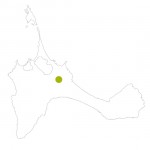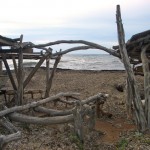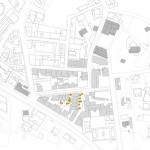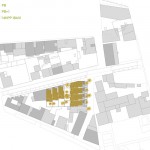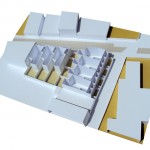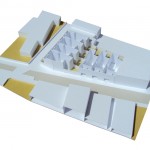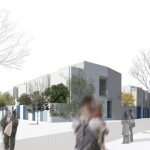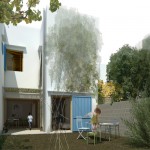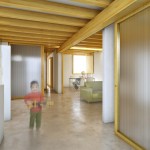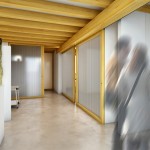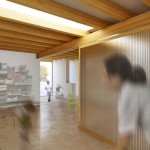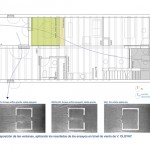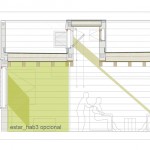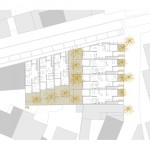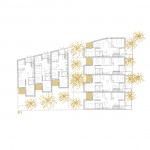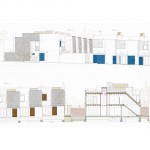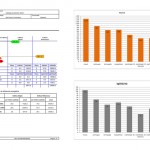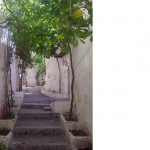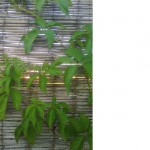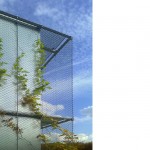14 Social housing project at Sant Ferran
Introduction
The project is understood as a territory map of resources, and is the result of a comprehensive study of program and site conditions, as summer prevailing winds, solar orientation, rainfall, geotechnical, morphology and urban context, local regulations, reusable waste and local materials, available industries, building tradition and crafts, available clean energy, full-cycle water management, ecological footprint reduction, and dwelling typologies adapted to the needs of potential residents.
Traditional architecture has been a constant reference, not as shape, but as a way of working from economy of means and what you have available. These are the glasses to watch closely. With them, we look for what can we use on the island: Junipers, which were used to build frameworks, right now are protected. The sandstone quarries are exhausted and there is little straw used for livestock. So, we have just what comes from sea meadows, boats, and building pallets that remain on the island because of the cost of boarding back.
So we propose a change of paradigm:
“Instead of investing in a chemical plant located 1.500km away, we invest the same budget to local unskilled labor, which should extend the Neptun grass to dry under the sun and compact it in pallets, achieving 15cm of insulation in roof. Moreover, it turns out that sea salt acts as natural biocide product and is completely environmentally friendly.”
The rest of the material used in this project comes from a market study based on their cost, the embodied energy, and the adaptation to comfort levels required to achieve a passive house.
For instance, we’ve chosen a bearing wall structure of cellular concrete block type Y- TONG which reduces the average CO₂ embodied emissions.
The heat transmission is U: 0’36, equal to a conventional double- leaf facade with 7cm insulation but solving the entire facade in a 25cm single layer which reduces the cost of building envelope.
The use of this construction system is particularly interesting in Formentera, as it is a product that is manufactured in France which usually means an increase in price. However, in this case, the cost associated to transport applies to any material, due to the absence of locally manufactured building systems.







